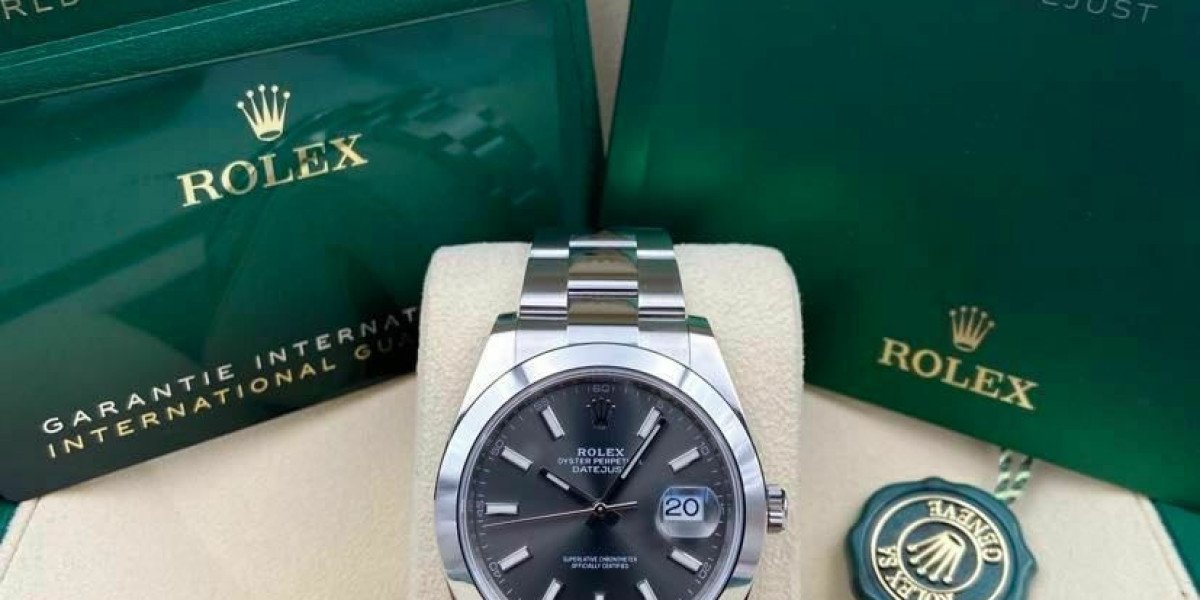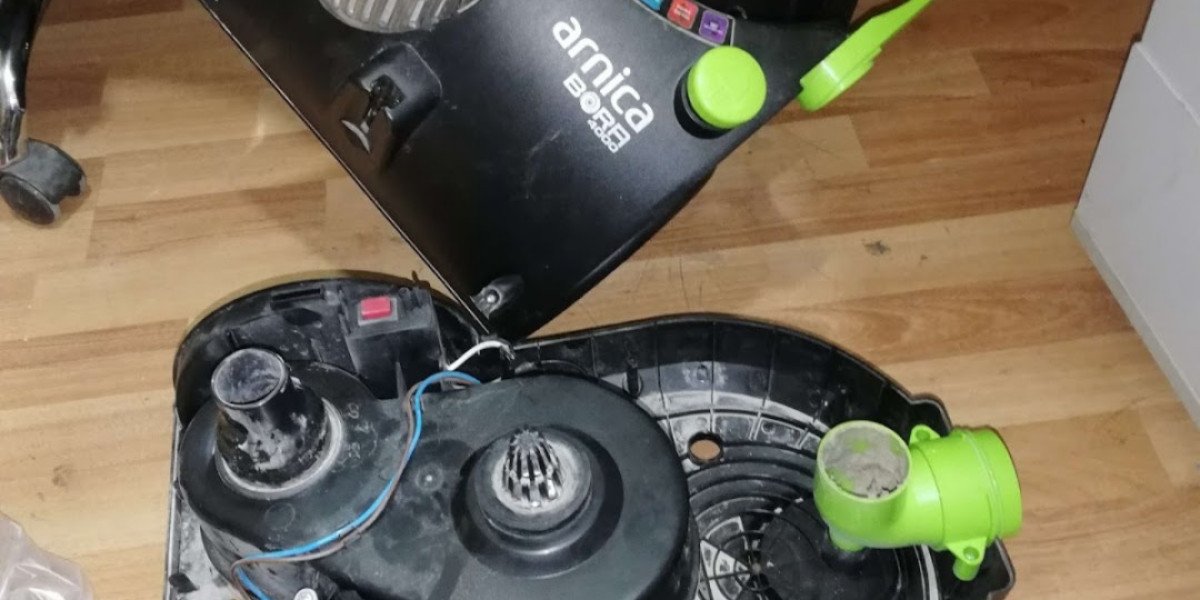Transform Your Treasures: Uncover the Secrets to Sparkling Jewelry!
Jewelry is more than just an accessory; it often holds sentimental value and represents significant moments in our lives. Proper jewelry care is essential for enhancing the longevity and appearance of these treasured pieces. Many people mistakenly believe that a quick wipe with a cloth is sufficient, but this misconception can lead to tarnishing and dullness over time. Establishing a proper care routine is vital to ensure your jewelry continues to sparkle and shine. Whether you're the proud owner of a gold ring passed down through generations or a trendy silver bracelet, understanding the nuances of jewelry care can make all the difference in preserving these precious items.

Understanding Jewelry Materials
Jewelry can be made from a variety of materials, including gold, silver, platinum, and gemstones, each requiring different care methods to maintain their beauty. For instance, gold is relatively durable but can scratch easily, necessitating careful handling. Silver, on the other hand, is prone to tarnishing due to exposure to air and moisture, meaning it needs regular cleaning to keep its shine. Gemstones vary widely in hardness; while diamonds are incredibly resilient, softer stones like opals and pearls require special attention to avoid scratches and damage. Knowing the specific material of your jewelry is crucial for selecting the right care products, as using an inappropriate cleaner can lead to irreversible damage. A personal anecdote from a friend highlights this: she once used a harsh cleaner on her gemstone earrings, resulting in a dull finish that never fully recovered. By understanding the materials, you can choose the right care products to keep your jewelry looking its best.
Essential Jewelry Care Products
The market is flooded with jewelry care products, from cleaners and polishes to specialized storage solutions. When selecting these products, it’s vital to ensure they are safe for the specific materials of your jewelry. For instance, a gentle cleaner formulated for silver will effectively remove tarnish without scratching, while a jewelry polishing cloth can enhance the shine of gold without the risk of damage. Additionally, consider investing in organized storage solutions such as padded boxes or individual pouches that prevent pieces from tangling or scratching one another. My friend found a beautifully crafted jewelry box that not only kept her pieces safe but also served as an elegant display. Remember, the right care products can prolong the life of your jewelry and ensure it remains a cherished part of your collection.
Best Practices for Cleaning and Maintaining Jewelry
Cleaning jewelry at home can be a simple process if done correctly. For routine maintenance, a mild soap and warm water solution can be effective for most jewelry types. Use a soft brush to gently scrub intricate designs and settings. However, it's important to avoid abrasive materials that can scratch or damage the surface. For deeper cleans, opt for specialized cleaners suitable for the specific material, but always follow the manufacturer's instructions. Professional cleaning is recommended for delicate pieces or when in doubt. Regular maintenance routines—such as checking for loose stones or clasps—will keep your jewelry looking its best. A story from a family member comes to mind; she routinely checked her jewelry and managed to save a loose gemstone from falling out before it was too late. Establishing these practices will not only keep your jewelry sparkling but also help you catch potential issues early on.
Safe Storage Solutions for Your Jewelry
Proper storage is crucial in preventing damage to your jewelry. Exposure to air, moisture, and other pieces can lead to scratches, tarnishing, and even breakage. Invest in jewelry boxes with compartments to keep items separated, or use soft pouches for individual pieces. A display case can also be an attractive way to showcase your collection while keeping it safe from dust and damage. My friend uses a velvet-lined box that not only protects her jewelry but also adds a touch of elegance to her dresser. For more delicate items, consider using acid-free tissue paper to wrap them before placing them in storage. These simple steps can make a significant difference in the longevity and appearance of your treasured pieces.
Enhancing Jewelry Longevity Through Care
In conclusion, taking the time to understand and implement effective jewelry care practices can dramatically enhance the longevity and appearance of your treasures. From recognizing the specific needs of different materials to selecting the right care products and employing best cleaning and storage practices, every step plays a vital role. By adopting these good jewelry care habits, you can ensure that your cherished pieces remain sparkling and in excellent condition for years to come, allowing you to continue making memories with them. So let your jewelry shine as brightly as the moments it represents!








